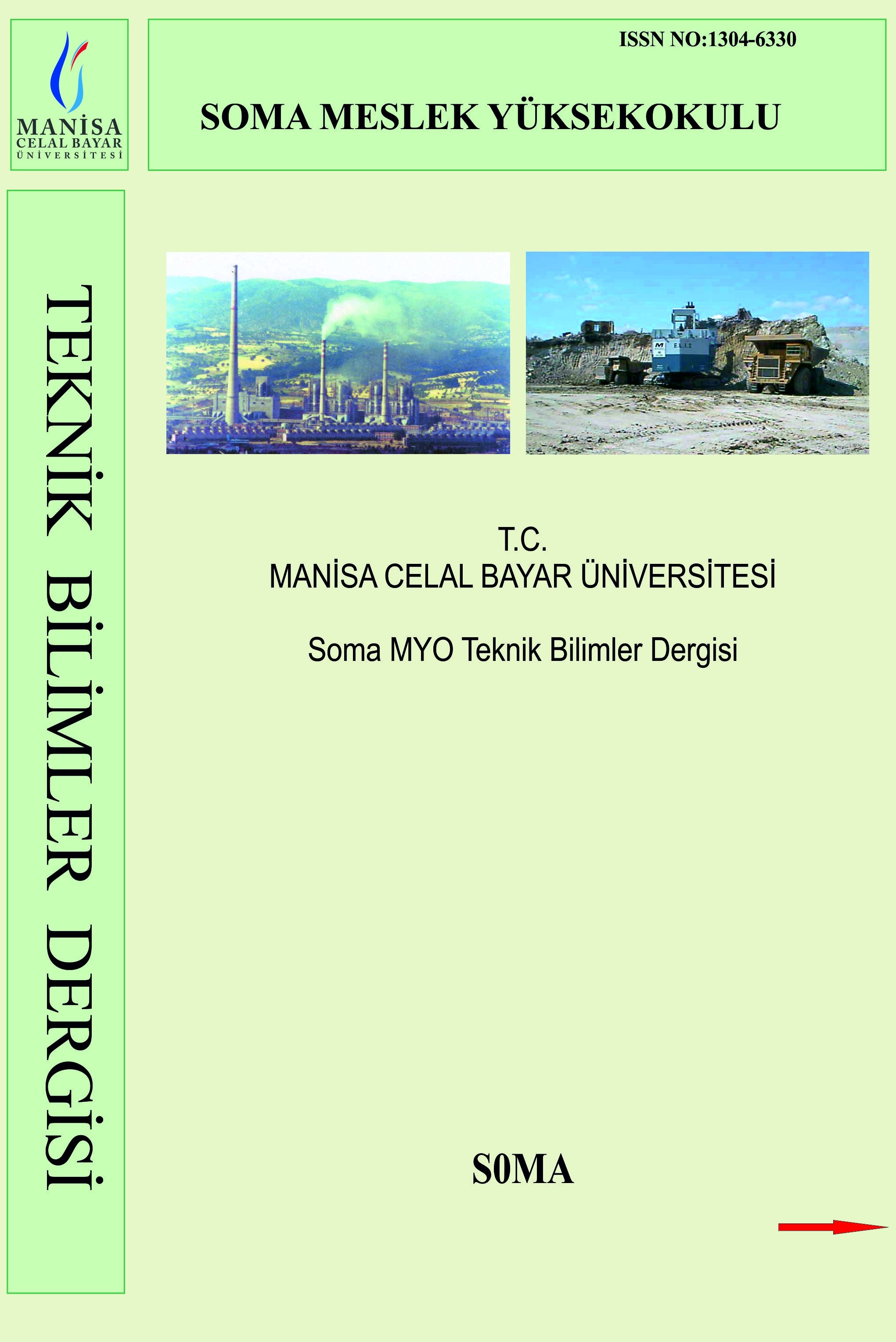DEVELOPMENT OF AN OPEN-SOURCE OBJECT FLIGHT SPEED MEASURING SETUP FOR INDOOR MEASUREMENTS
Uçuş süresi, iç mekan hız ölçümü, microcontroller, IR sensor
İÇ ORTAM ÖLÇÜMLERİ İÇİN AÇIK KAYNAKLI NESNE UÇUŞ HIZI ÖLÇÜM DÜZENEĞİ GELİŞTİRİLMESİ
Time of flight, indoor speed measurement, microcontroller, IR sensor.,
___
- Baird, E., Srinivasan, M. V., Zhang, S., & Cowling, A. (2005). Visual control of flight speed in honeybees. Journal of Experimental Biology, 208(20), 3895–3905. https://doi.org/10.1242/jeb.01818
- Chen, Y.-L., Wu, B.-F., Huang, H.-Y., & Fan, C.-J. (2011). A Real-Time Vision System for Nighttime Vehicle Detection and Traffic Surveillance. IEEE Transactions on Industrial Electronics, 58(5), 2030–2044. https://doi.org/10.1109/TIE.2010.2055771
- Cho, C., Kim, J., Kim, J., Lee, S. J., & Kim, K. J. (2016). Detecting for high speed flying object using image processing on target place.
- Cluster Computing, 19(1), 285–292. https://doi.org/10.1007/s10586-015-0525-x
- Gerschuni, M., & Pardo, A. (2013). Bus Detection for Intelligent Transport Systems Using Computer Vision (pp. 59–66). https://doi.org/10.1007/978-3-642-41827-3_8
- Ishii, M., Isokawa, H., Miyazaki, T., & Sakaue, H. (2017, January 9). Surface State Measurement of a Free-Flight Object by Motion- Capturing Method. 55th AIAA Aerospace Sciences Meeting. https://doi.org/10.2514/6.2017-0943
- Jezeršek, M. (2009). High-speed measurement of foot shape based on multiple-laser-plane triangulation. Optical Engineering, 48(11), 113604. https://doi.org/10.1117/1.3265522
- Mao, X., Inoue, D., Kato, S., & Kagami, M. (2012). Amplitude-Modulated Laser Radar for Range and Speed Measurement in Car Applications. IEEE Transactions on Intelligent Transportation Systems, 13(1), 408–413. https://doi.org/10.1109/TITS.2011.2162627
- Shrivastava, N., Madhow, R. M. U., & Suri, S. (2006). Target tracking with binary proximity sensors. Proceedings of the 4th International Conference on Embedded Networked Sensor Systems - SenSys ’06, 251. https://doi.org/10.1145/1182807.1182833
- Sozen, A., Gucluer, S., & Kilinc, C. (2019). The heat transfer enhancement of concurrent flow and counter current flow concentric tube heat exchangers by using hexagonal boron nitride/water nanofluid. Thermal Science, 23(6 Part B), 3917–3928. https://doi.org/10.2298/TSCI180213283S
- Wooyoung Kim, Mechitov, K., Jeung-Yoon Choi, & Soo Ham. (2005). On target tracking with binary proximity sensors. IPSN 2005. Fourth International Symposium on Information Processing in Sensor Networks, 2005., 301–308. https://doi.org/10.1109/IPSN.2005.1440939
- Xia, L., Chen, C.-C., & Aggarwal, J. K. (2011). Human detection using depth information by Kinect. CVPR 2011 WORKSHOPS, 15–22. https://doi.org/10.1109/CVPRW.2011.5981811
- ISSN: 1304-6330
- Başlangıç: 2004
- Yayıncı: Celal Bayar Üniversitesi
DENİZEL EKOSİSTEM ÜZERİNE OLUMSUZ ETKİSİ OLAN BİTKİSEL ATIK YAĞLARIN BİYODİZEL OLARAK GERİ KAZANIMI
Emine Erdem YÜRÜR, Yüksel ABALI, Burcu ÇAĞLAYAN
DEVELOPMENT OF AN OPEN-SOURCE OBJECT FLIGHT SPEED MEASURING SETUP FOR INDOOR MEASUREMENTS
Alper TURAN, Oğuzhan KARASU, Erturan YETİŞKİN, Mert HATİPOĞLU, Nabia KHALİD, Fatih AKKOYUN
